KNEE CONDITIONS
Knee Conditions
Knee osteoarthritis
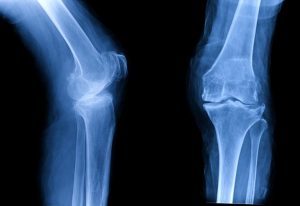
As with hip osteoarthritis, knee osteoarthritis is a degenerative process by which the joint surfaces become worn in time. Initially the pain can be intermittent and the patient can experience some limping that at first is only noticeable to friends and family. The pain can be more noticeable at night and when going up and down stairs. Patients can complain of the knee giving way and “locking”. Characteristically, the pain can be more pronounced at night.
As the arthritis becomes worse, the joint can become more painful and stiff and the limping can be more noticeable. This can also affect walking distance and can also disturb your sleep. With further deterioration of the joint, there can be bone-on-bone rubbing which can cause creaking and further pain. Again, most patients do not wait this long before seeking orthopaedic advice or having the joint replaced.
Knee Rheumatoid Arthritis
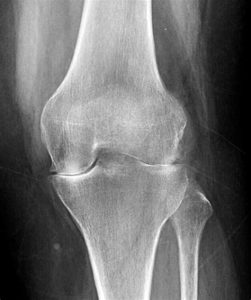
Similarly to rheumatoid arthritis of the hip, rheumatoid arthritis of the knee belongs to a family of conditions called inflammatory arthritis. The main problem within the joint is its erosion and destruction as a result of an aggressive inflammatory process that affects the soft tissues within the joint.
The symptoms can be very similar to those of knee osteoarthritis although there may be a greater element of stiffness and knee swelling. Because rheumatoid arthritis affects the soft tissues of the knee, there can be increased laxity and the joint may become deformed. When the various modalities of medical treatments are no longer effective, knee replacement surgery offers good pain relief and can improve quality of life.
Meniscal Tears
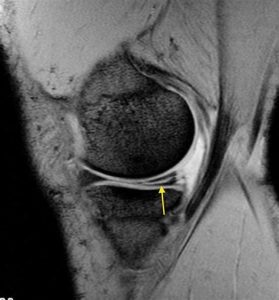
The knee has two menisci, the medial meniscus and the lateral meniscus and they help distribute the load between the joint surfaces of the 2 bones in the knee. The meniscus can be injured or torn as a result of an injury or without any form of trauma, as in the case of early or moderate knee arthritis.
Patients can feel pain and swelling. They can also feel at times that something is painfully flicking inside the joint and on occasions, the knee can become locked due to a displaced fragment catching inside the knee.
At times, surgery may be needed to either repair of remove the torn part of the meniscus through arthroscopic (keyhole) surgery

Ligament Injuries
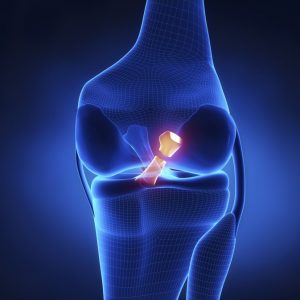
The knee has four main ligaments that keep the knee stable; the anterior cruciate ligament (ACL), the posterior cruciate ligament (PCL), the medial collateral ligament (MCL), and the lateral collateral ligament (LCL). Each of them can be injured in a number of ways, but primarily through jumping or landing wrongly, twisting injuries, or sporting activities. Most commonly, it is ACL and MCL that are commonly injured.
Most patients hear or feel a popping inside the knee and swelling. They may feel the knee gives way when putting pressure on it or, indeed, they may not be able to put any weight through it at all due to instability.
Not all ligamentous injuries require surgery and, apart from a few exceptions, it is not considered to be urgent surgery. However, it is important to have a prompt diagnosis and an early treatment plan.
Other Knee Conditions
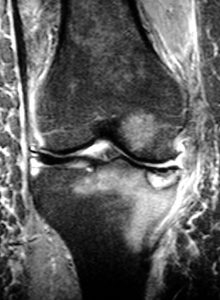
AVN
Similarly to AVN of the hip, the blood supply to the bony part of the knee is compromised which cause significant pain. The causes are similar to those responsible for hip AVN and the treatment modalities are are also similar; medication to help with the symptoms, bony surgical decompression and in severe cases, joint replacement.
Loose Bodies
These are fragments from the articular surface – cartilage or cartilage with small amount of bone- that have become loose and are floating within the knee cavity. At times they can cause pain and locking of the joint. If the symptoms are severe enough, arthroscopic (keyhole) removal can be of help.


